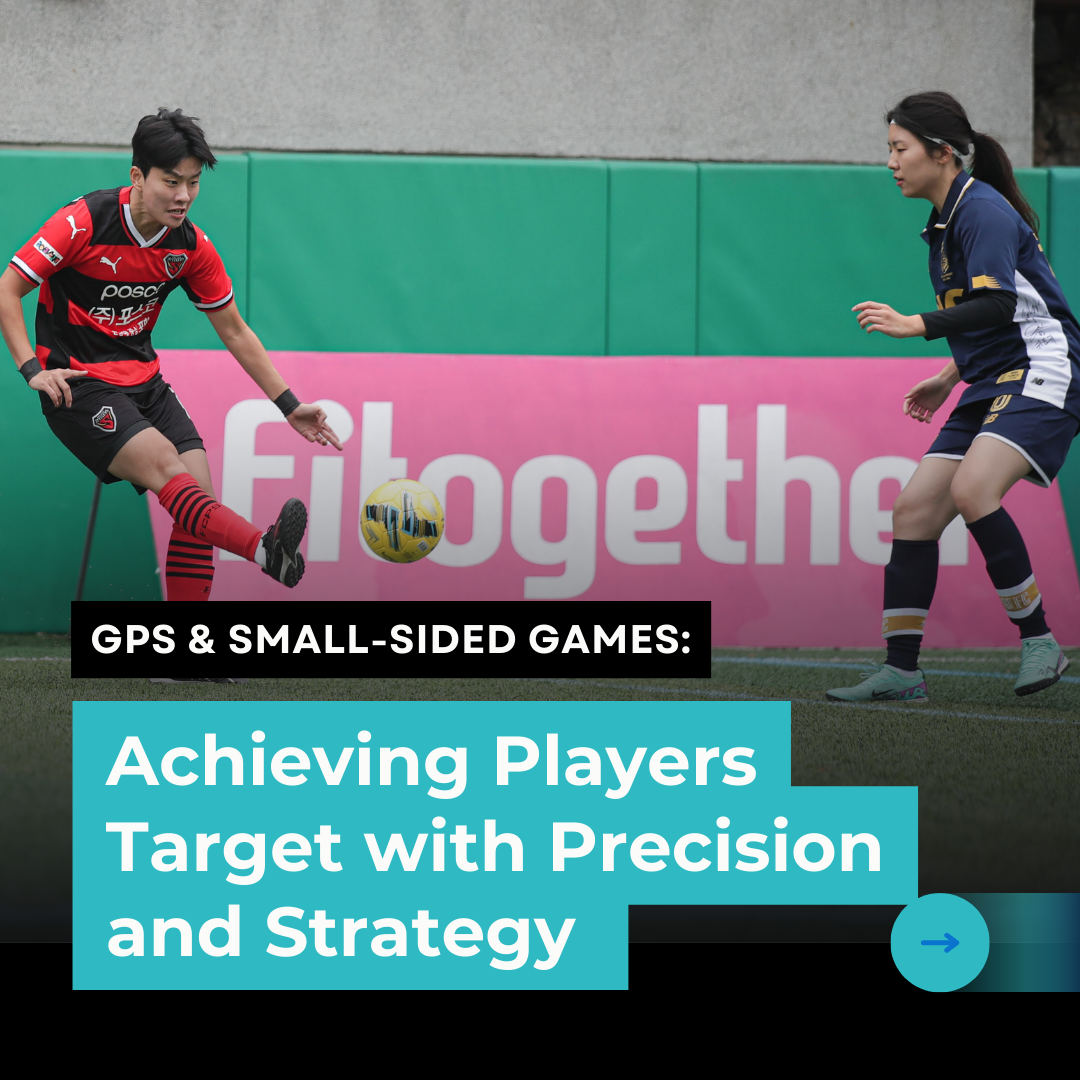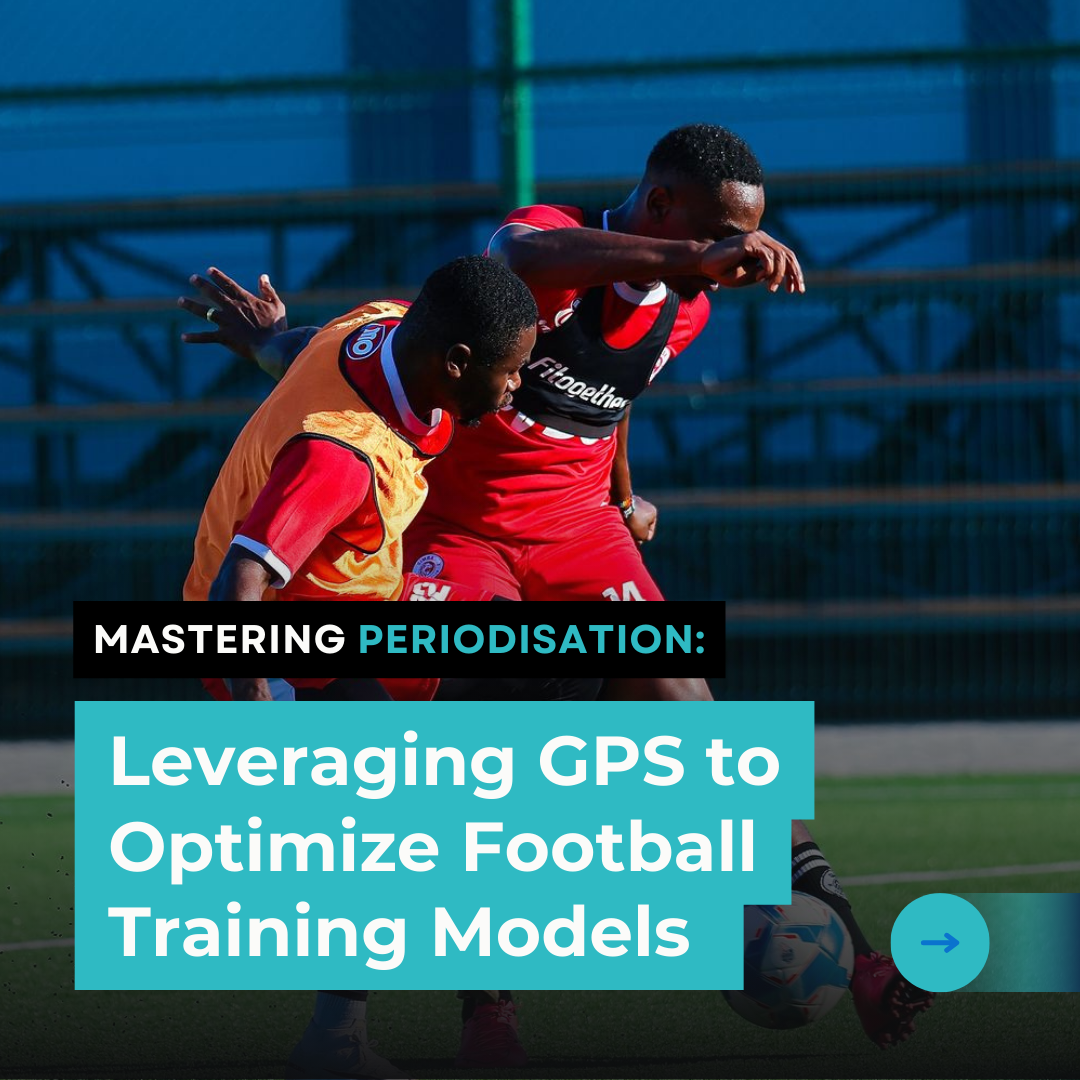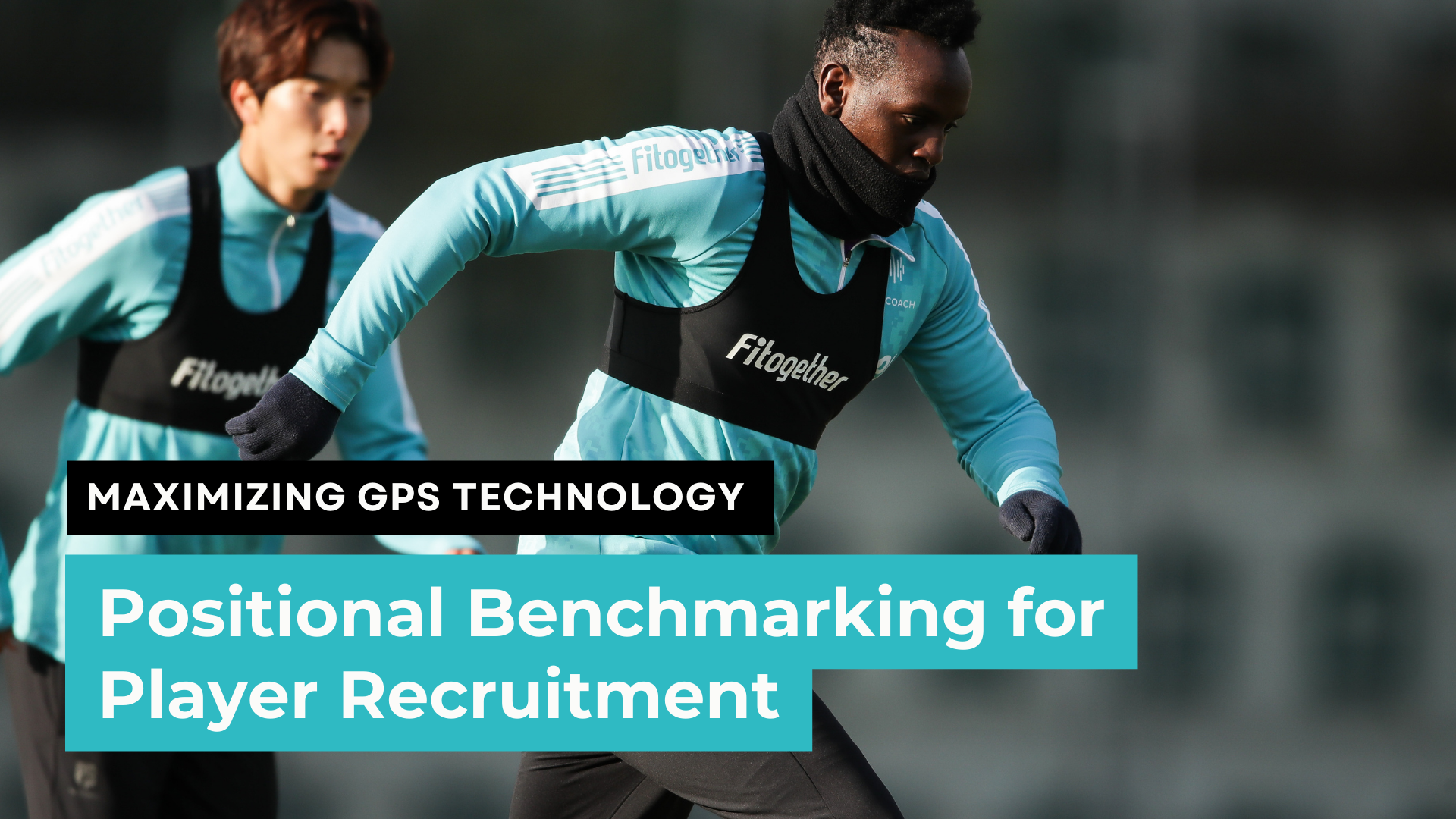
Welcome to another episode of Fitogether Vision & Insights! Your go-to source for staying at the forefront of sports science and technology. Our weekly updates deliver a curated blend of sports insight and knowledge!
Recruitment - where clubs buy and sell players - is now a year-long process and your GPS data can make a big impact. It’s an exciting time of year for any football club, but also very stressful for all around. Your senior management might come to you beforehand and ask about a certain player or a position they are considering, your job is to provide them with the information they need to assist in their decisions. This could be how certain players compare to the players you already have in the squad or areas of weakness that could be improved upon.
Question is, how can you use Fitogether to help these guys make decisions?
We will discuss it in this blog!
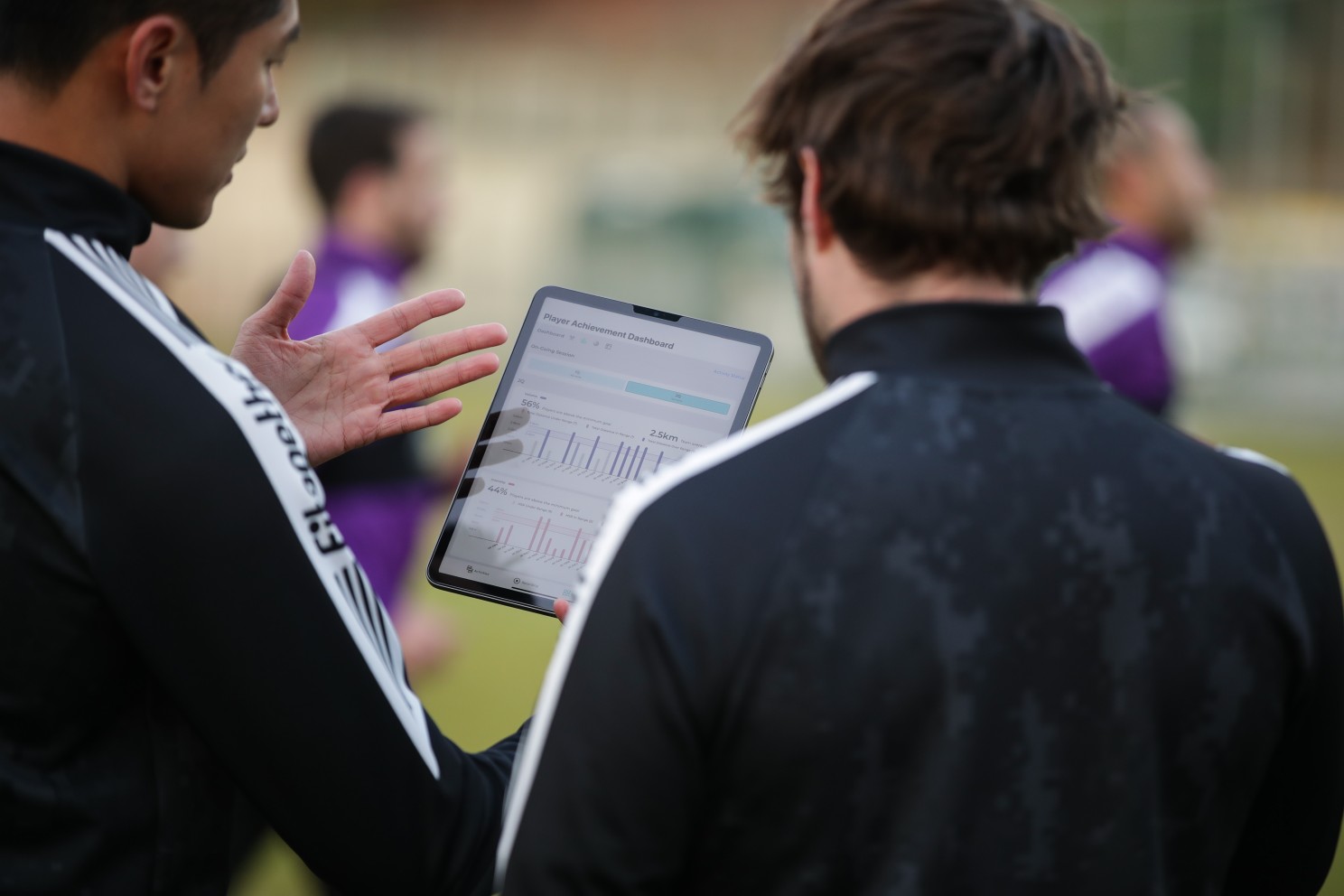
Right, you’re not going to be the main component in the decision-making process, but like all parties at a football club, you’re a small cog in a big wheel, but also, a very important cog. GPS can provide concrete numbers for coaches and management for which type or style of player the coach needs within his team or formation. But also, the club must look at this signing as a long-term investment and look at the players’ capabilities physically even if the current coach leaves.
Every club wants the player who can cover huge amounts of ground, at high speed and sprint distance, and played 50+ games a season without any injuries in the last 8 seasons. However, let’s get back to the real world of professional football here, its not always the case, and we are looking for a needle in a haystack if we want the ‘PERFECT’ player.
So how do we approach this? It’s not all so simple, we look at what we currently have and what style of football the coach currently plays. You have a style of football you want to adapt but sometimes it can take time to get players who can fit into your style of play, so in the mean time, you might have to adapt slightly until you have the players that can execute the style you want.
Let's look at a recruitment scenario…
You want a team whose strength is your wingers and your full backs have a significant impact on both the attacking and defending sides of the ball. Therefore, you need fit, athletic, and robust wingers and full backs who can handle those demands.
Next in your team, you want an intelligent number 10 who can play in tandem with your striker and keep the ball so your wingers can get up to support an additional threat. Physical attributes might not be the highest priority for this position, but the way the game will continue to go, even players like these need an athletic component to their game. This is where we as practitioners need a certain understanding of football also, which will help coaching and senior management with their decision making.
Having league-wide GPS data is very unusual for most countries around the world, particularly in European leagues. However, with the continuing trend of data sharing, we could see this becoming more common in the future. Currently, these countries rely on camera-based technology companies, as mentioned previously, to provide physical data across the league. If leagues were to establish league-wide deals and were willing to share data across the board, practitioners would be able to access data from all players in the league throughout the season. This, in turn, would provide them with a better understanding of which players to target in the transfer market.
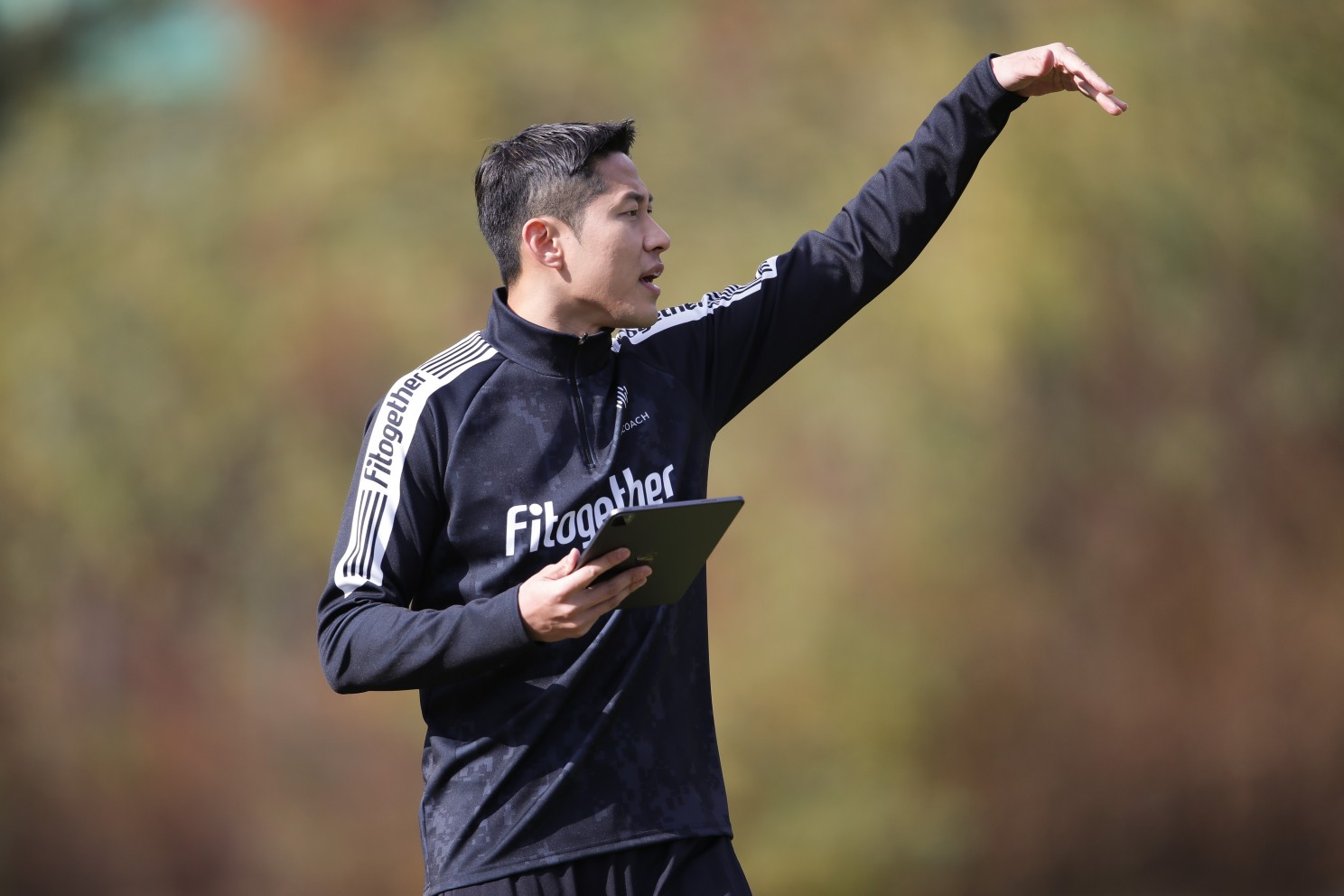
In terms of our GPS system and profiling our own players, the idea is to categorize each player by position and then analyze their normative, maximum, and minimum numbers in training (or games if our system is worn). We use this data to create visually appealing reports that showcase the status of our current squad and how they compare to their teammates/counterparts positionally.
This data, if presented effectively, can allow decision makers to specifically target players based on the needs of your current squad. For example, if your Head Coach prioritizes a team built around athletic wingers and full-backs, this data helps you identify players who fit this profile.
Below are graphs highlighting the average match data for each of these four positions.
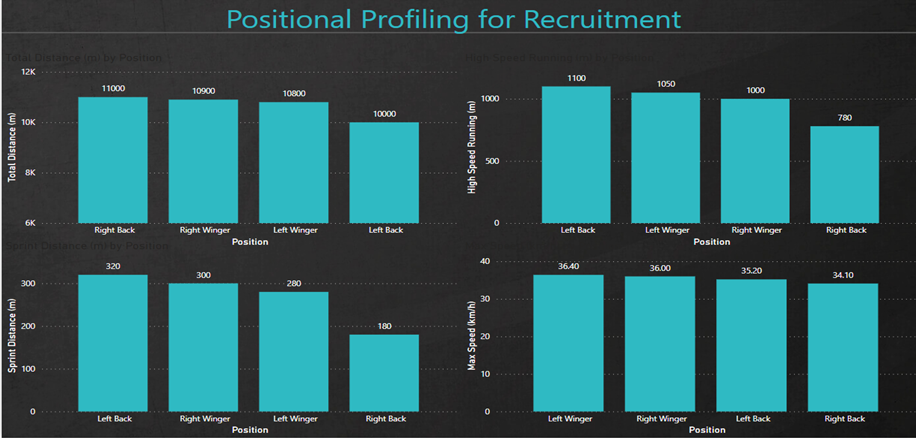
Analyzing the data reveals an interesting contrast: despite your starting right-back covering the highest total distance on average—a commendable feat—there's a significant gap in high-intensity performance. For the style of play your team adopts, positions like these require substantial contributions in terms of high-speed running, sprint distance, and maximum speed.
As illustrated in the three accompanying graphs, your right-back's performance in these critical areas is markedly lower compared to other key positions. This scenario highlights that enhancing the right-back position should be a priority for your recruitment team in the upcoming transfer window, aligning with the Head Coach's strategic vision for the team's play style. While the gap in performance might not always be as pronounced across every position within your club, this example underscores the value of detailed positional analysis in informing recruitment decisions.
In addition to getting your player profile based on your GPS system, there is also additional information needed to create the picture. This involves looking at the number of games played, injuries, training sessions completed, and minutes played, all of which give us a more detailed version of who that player is.
Having a player who is physically exceptional is fantastic until you find out they only average 12 games a season and get 4 hamstring injuries per year. This is a red flag, and clubs would likely stay away from him despite the physical strengths they have.
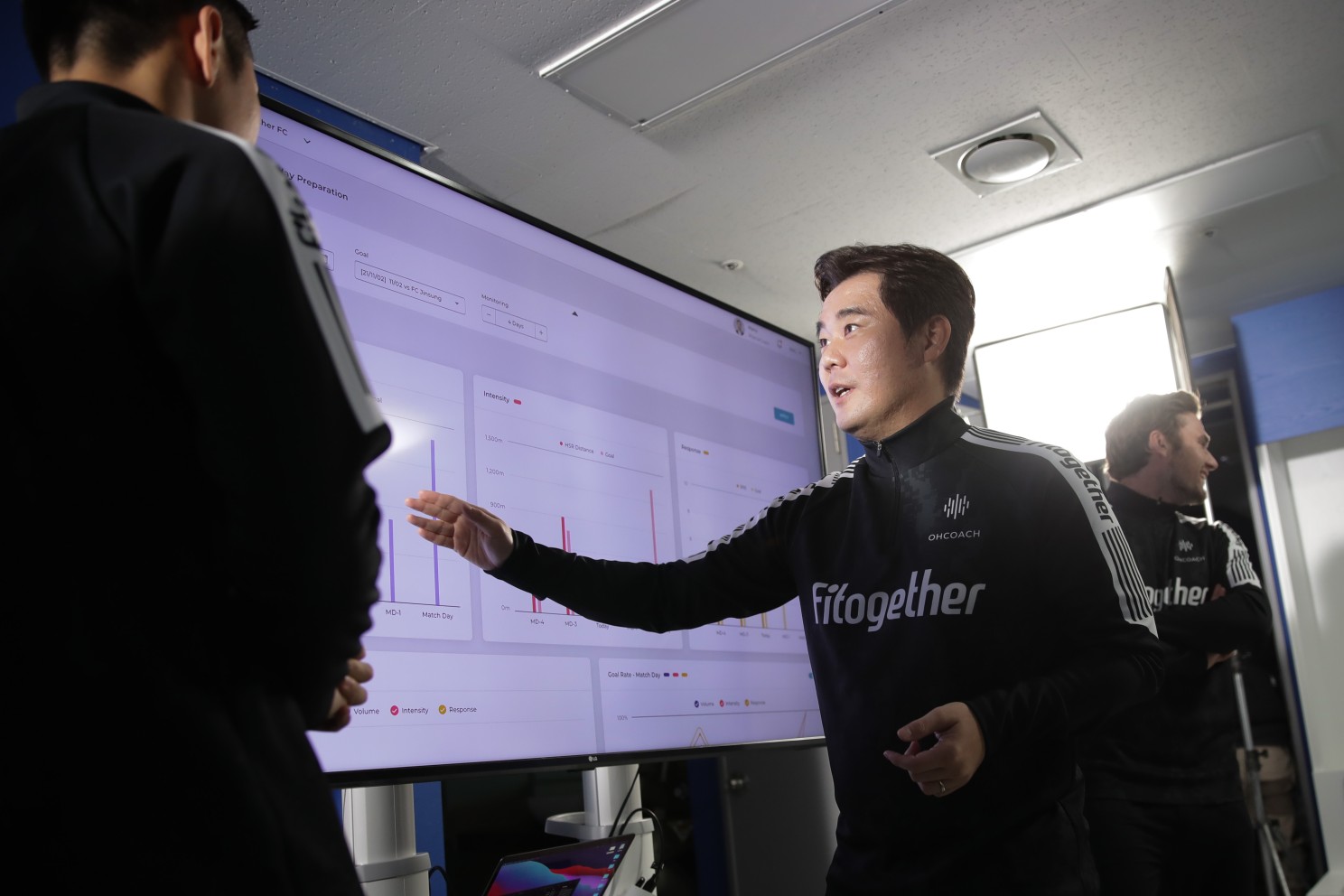
Now that we have studied these players, what comes next?
The practitioner then passes this information on to the key decision makers. The main role at this time of any practitioner is to pass and show information without any bias, show numbers and facts, we are here to provide objective information which can either support or disprove the decision makers subjective thoughts.
While the ideal scenario of widespread GPS data sharing or league-wide GPS agreements may still be some distance away, the benefits of utilizing your own GPS system effectively cannot be overstated. By employing Fitogether along with our FIFA Approved EPTS Hardware, you ensure the accuracy of the data provided to your recruitment team. This accuracy empower you with the insights required to make informed decisions.
It now falls upon the practitioner not only to export this data but also to ensure that it is used effectively and presented in visually appealing reports that can directly inform and enhance recruitment strategies.
Remember, your job is to pass the information you have on in a well organised and well-presented report to senior management without bias or technical analysis. The rest is over to them…..
.png)
